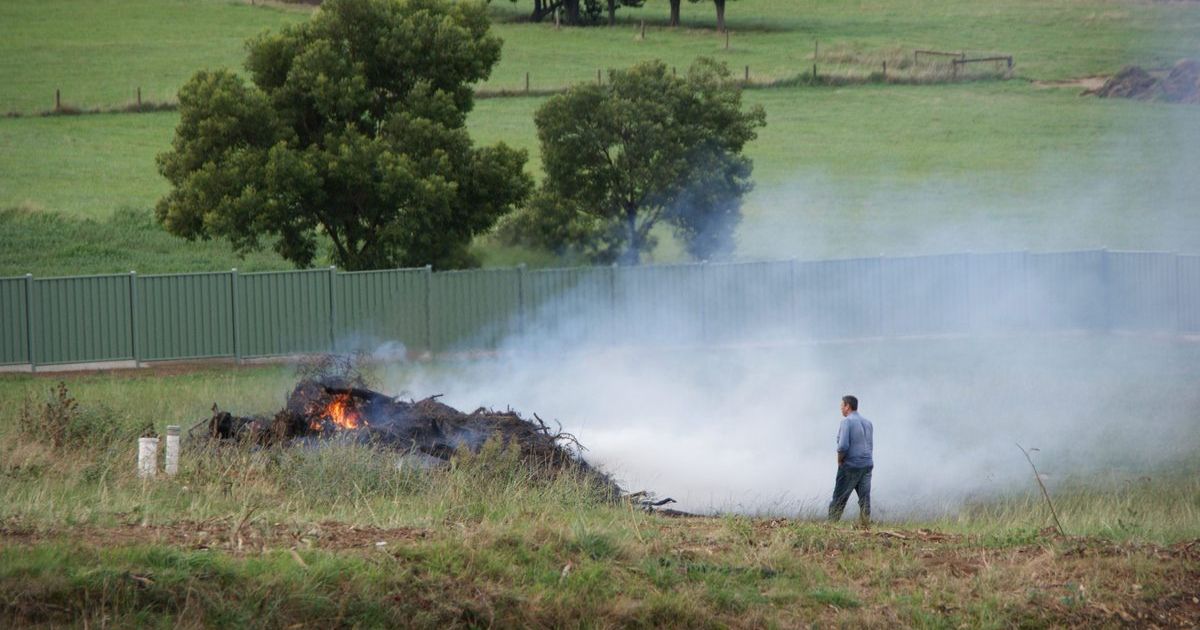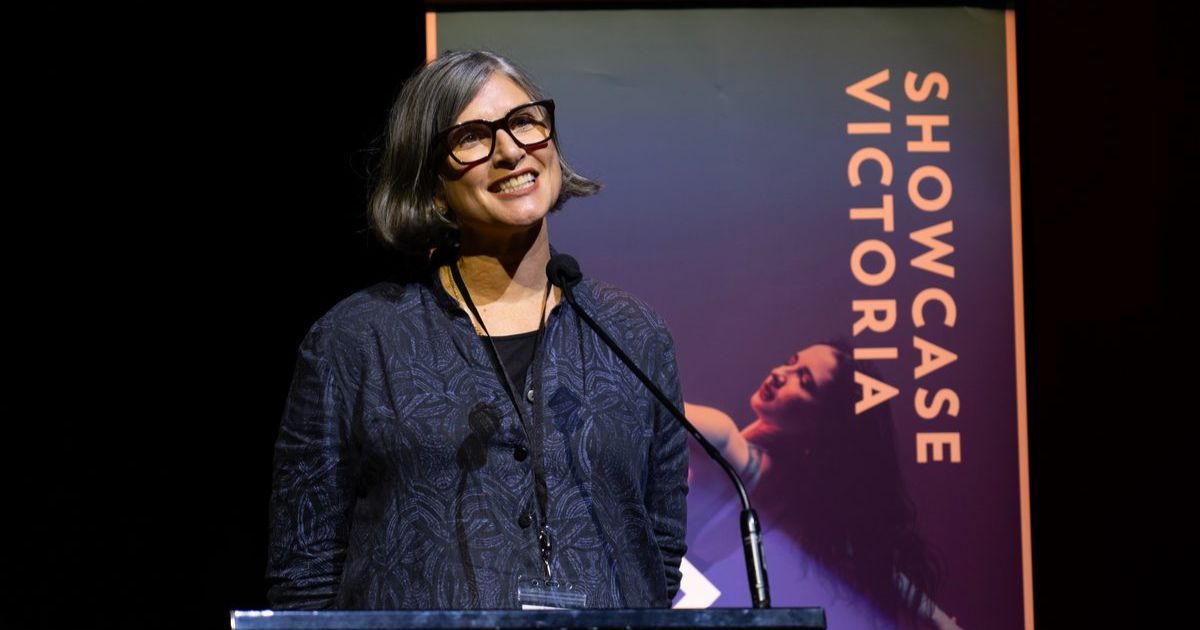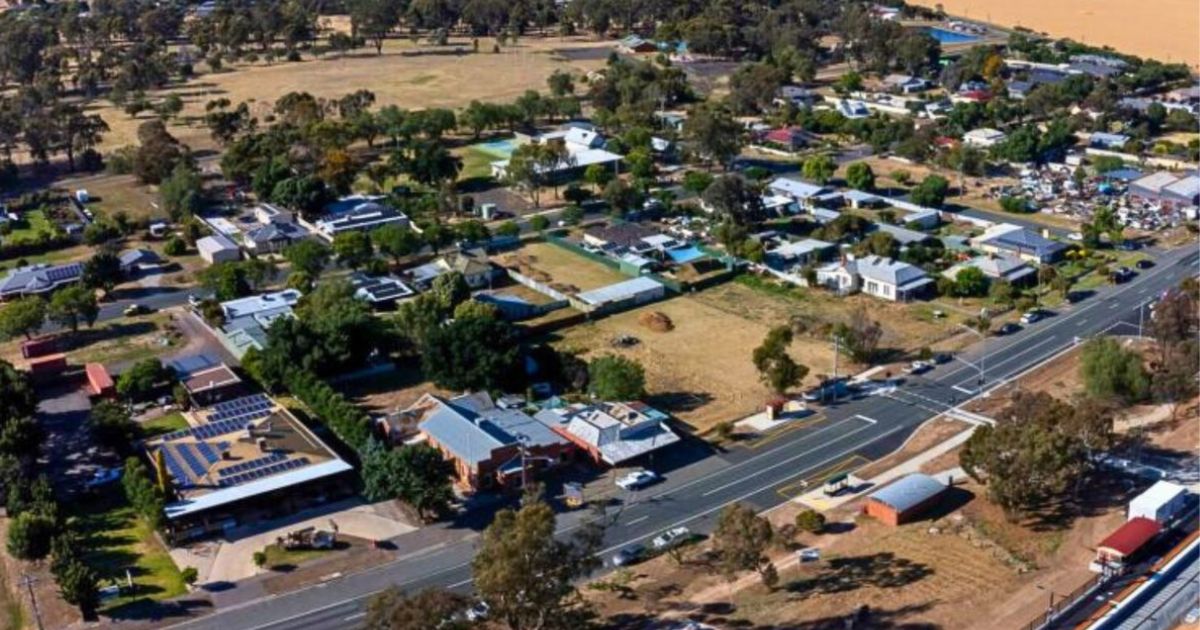Locals celebrate train’s return

All aboard: Raywood Primary School principal Lisa Duffy with students at the opening event for Raywood Station. Photo: JONATHON MAGRATH
THE communities of Huntly and Raywood finally had the chance to celebrate the opening of their new train stations over the weekend.
Two family-friendly events gave the localities a chance to come together, with free food, entertainment, and visits from local and State politicians.
On Sunday, principal of Raywood Primary School, Lisa Duffy, said she hopes the return of rail reinvigorates the town.
“We’ve had declining numbers over recent years at the school and we’re hoping this sort of thing will make people look at Raywood as an option to live in,” she said.
“Often you read about the money going to big regional towns like Bendigo, Echuca, Shepparton, it’s great that a little town can be put back on the map and the State Government knows we’re around and they’ve got faith in us.
“I know it’s the same for Huntly and Goornong, the towns and the schools are feeling the same way. It’s great, it’s created a bit of buzz.”
Raywood students played their part in the building of the station, through excursions to check out the progress and planting trees at the site.
Ms Duffy said the facility could also benefit older residents, who could now travel easier to Bendigo and Melbourne for appointments or visit family towards Swan Hill.
CEO of V/Line Matt Carrick said the Raywood station is a result of community advocacy and will provide better access to jobs, schools and services and shops.
“This is an investment in the future,” he said. “By having this station built now and the services, which over time will increase, means as numbers increase, we’ll be able to cater for that, rather than playing catch up which historically has been the case.”
The last time a passenger train stopped was in Raywood was in 1981 and it’s been 68 years since a train pulled into Huntly.
Eighteen services a week will now pull up at Huntly Station, which is located on the Echuca Line and 28 services a week will stop at Raywood on the way to Swan Hill.
“This is a really exciting time for regional transport and V/Line,” Mr Carrick said.
“This means we now have two communities served by stations and more public transport services for people in regional Victoria.”


















